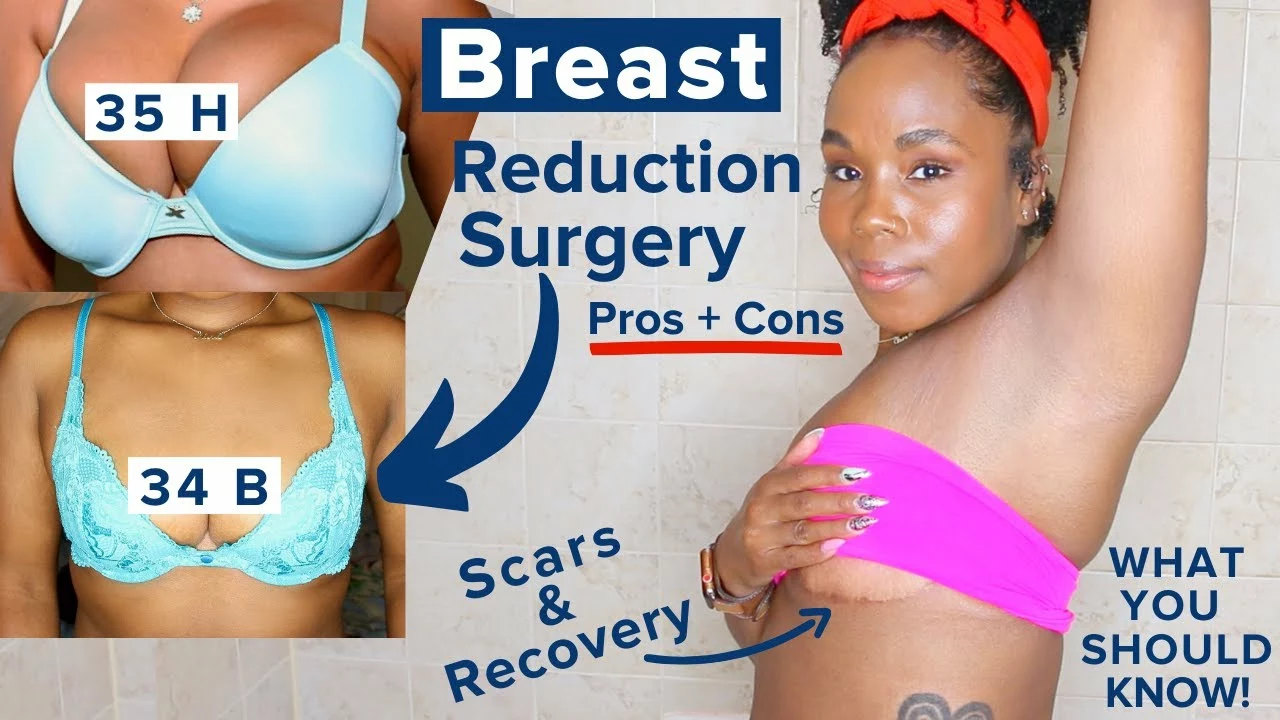How you act in the first days after an injury often decides how fast you get back to normal. This guide gives clear, practical steps you can use right away — immediate care, pain control, and a simple rehab routine that fits most common injuries like sprains, strains, and minor cuts.
Stop activity and check the damage. If you see heavy bleeding, a bone sticking out, numbness, or you can’t move the area, get medical help right away. For smaller injuries, use the RICE approach: Rest, Ice, Compression, Elevation. Ice for 15-20 minutes every 2–3 hours in the first 48 hours to reduce swelling. Use a bandage for light compression and elevate the limb above heart level when possible.
Clean any cuts with mild soap and water, put a thin layer of antibiotic ointment if you’re not allergic, and cover with a sterile dressing. Change the dressing once a day or if it gets wet. Watch for redness, increasing pain, swelling, pus, or fever — those are signs you should see a doctor.
After the first 48–72 hours, start gentle movement as pain allows. Early range-of-motion exercises prevent stiffness and speed recovery. For a sprained ankle, try slow ankle circles and toe raises; for a shoulder strain, do gentle shoulder rolls. Don’t push through sharp pain — mild discomfort is OK, sharp pain is a warning to back off.
Over-the-counter pain relievers like acetaminophen or NSAIDs can help manage pain and let you move without making the injury worse. Always follow package directions or your doctor’s advice. If pain is severe or not improving in a few days, see a clinician — you may need imaging or a prescription treatment.
Physical therapy makes a huge difference for many injuries. A therapist gives exercises to rebuild strength and balance, plus tips on posture and movement to prevent repeat injuries. If a formal therapist isn’t an option, follow a simple progressive plan: start with mobility, add low-resistance strength work, then introduce balance and functional moves relevant to your daily activities.
Fuel your body to heal. Eat enough protein, get vitamin C from fruits and vegetables, and stay hydrated. Avoid smoking — it slows tissue repair. Sleep more if you can; healing happens while you rest.
Be patient and track progress. Take photos or notes every few days so you notice real improvement. If swelling, redness, or pain gets worse, or if you lose function, seek medical care. For braces, tape, or special supports, follow product instructions or a professional’s guidance to avoid overdependence.
Injury recovery isn’t always linear, but taking clear steps early—proper first aid, sensible pain control, gradual rehab, good nutrition, and the right medical checks—gives you the best shot at getting back to what you love, faster and safer.

In my recent post, I shared some practical tips on how to prevent scarring after surgery or injury. It's crucial to keep the wound clean and moisturized, while also protecting it from sun damage. I also discussed the role of a balanced diet, which can significantly aid in faster healing. Lastly, I mentioned the use of over-the-counter creams and silicone sheets which can help to reduce the appearance of scars. Remember, consistent care and patience are key in achieving the best results.